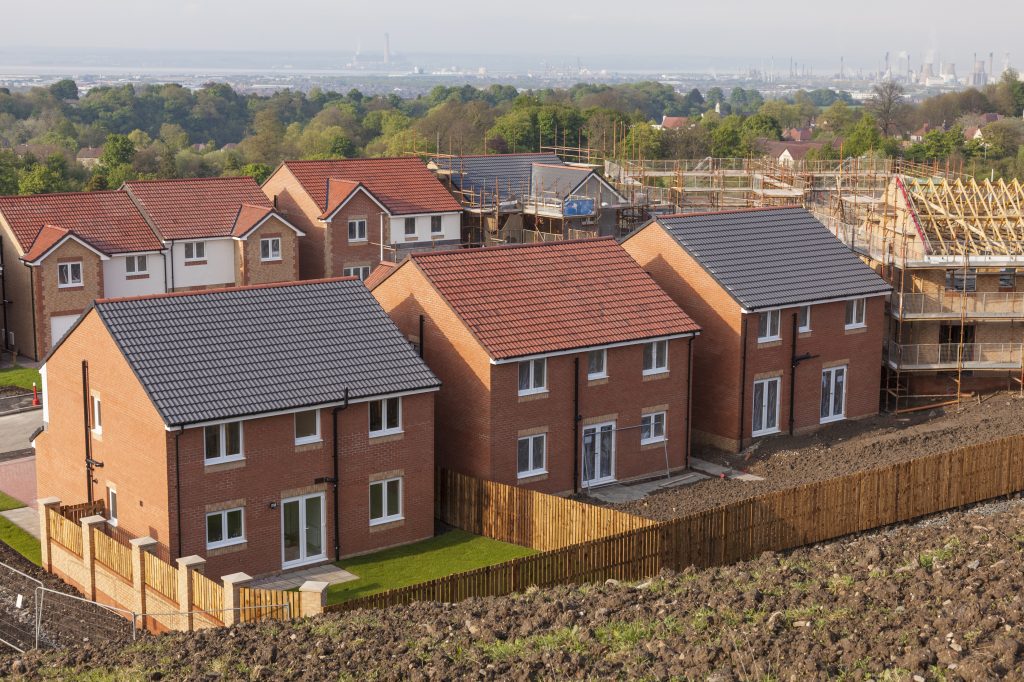Latest News
Land and Property Professionals
We sell, rent, manage, survey, plan and advise...what can we do for you?
We sell, rent, manage, survey, plan and advise...what can we do for you?

No matter who wins the next election, the number of new homes to be built on greenfield sites is set to rocket. The opportunities for landowners in key locations will greatly increase, but there will be winners and losers.
Politicians of all colours have played football with the housing market for years. In one breath they voice support for first-time buyers wanting a home at an affordable price and they criticise the housebuilding industry for failing to increase production. In the next, they vow to protect the countryside from unwelcome development, pretending that new homes can all be built on brownfield sites and allowing local authorities to fail to plan for sufficient new houses.
Both main parties aim for around 300,000 new homes per year, but for decades they have barely provided two thirds that number. Meanwhile, the population continues to grow, and houses remain unaffordable to many. Supply is not matching demand.

What is causing this shortfall? The Competitions and Markets Authority has recently submitted a major housebuilding market study, concluding:
Nothing will change until after the election, but whoever wins, it is likely that our housing shortage will be a growing political problem. Both main parties know that housing is the second basic need for the populace, after putting food on the table. The backlog has now grown too large to be ignored and, one way or another, housebuilding will be increased over coming years, driven by central government. Most of the increase will be on greenfield sites adjoining existing settlements.
Some will mourn the loss of parts of our cherished countryside and that is understandable. However, for some landowners, a windfall from a development scheme can be a much-needed shot in the arm for a farming business or for an expanding family. Many of our farming clients have benefited from modest developments on the edge of a larger village or town and often those developments prove to be well built, while providing valuable contributions to community facilities by way of a Section 106 agreement.
The process of promoting land for future development is very specialised and must be handled with skill and care. There are many pitfalls, including the possibility that land could be compulsorily acquired at agricultural values. The development world is populated by many who will take advantage of the unwary. Nevertheless, there are many professional land agents and land promoters across the country who work together to produce the best possible results for landowners and I would advise anybody with land with potential to take professional advice at an early stage.
There is no doubt that opportunities for the right land must increase considerably in coming years. In terms of housing supply, the next general election cannot come too soon.
If you would like more information or to find out how our Development department can help you, then please contact David or Andrew.
Back to articlesFor further information please contact: